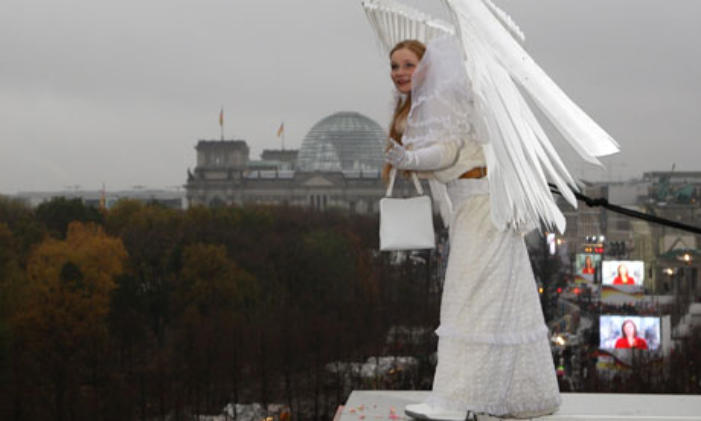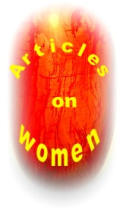Eastern Germany: the most godless place on Earth






‘Knowledge is power’





WEB PAGES
OUR OFFERING
UPLOADED ITEMS
OUR EMAIL
kri200@womenspowerbook.org
QUESTION
Raise the vol to listen to the
lady airing awe @ the SINGLE author encyclopedia
World’s
encyclopedic
knowledge
compacted
in
your
hand

hey are sending missionaries to eastern Germany. A recent study called Beliefs About God
Across Time and Countries found that 52.1% of people asked whether they believed in God
identified themselves as atheists. This compared with only 10.3% in western Germany.
Indeed, the survey was unable to find a single person under the age of 28 in eastern
Germany who believed in God. Obviously there are some – I think I may have even met
some once – but the survey was unable to find them. On the face of it this is an
extraordinary finding and it is something that needs some careful explanation.
Different reasons are adduced for the absence of religion in the east. The first one that is
usually brought out is the fact that that area was run by the Communist party from 1945 to
1990 and that its explicit hostility to religion meant that it was largely stamped out. However,
this is not entirely the case. In fact, after initial hostilities in the first years of the GDR, the
SED came to a relatively comfortable accommodation with what was called the Church in
Socialism. The churches in the GDR were given a high degree of autonomy by SED
standards and indeed became the organisational focus of the dissident movement of the
1990s, which was to some extent led by Protestant pastors.
In addition to an accommodation with religion, the party also deliberately created alternative
poles of integration for the population. Young people were brought up in a highly ideological
atmosphere and were required to undergo a so-called Jugendweihe – a sort of atheist
confirmation. Interestingly, this ceremony has survived the end of communism and many
young people still voluntarily enter into it. Equally, especially under Eric Honecker in the
1970s and 80s, an attempt was made to create a sort of "GDR patriotism", in which figures
from Prussian history such as Frederick the Great were put back on their plinths in East
Berlin and integrated into the Communist narrative of the forward march of history. Martin
Luther, Thomas Münzer and other figures from the Reformation were also recruited into the
party.
Another factor is that religion in eastern Germany is also overwhelmingly Protestant, both
historically and in contemporary terms. Of the 25% who do identify themselves as religious,
21% of them are Protestants. The other 4% is made up of a small number of Catholics as
well as Muslims and adherents of other new evangelical groups, new-age sects or
alternative religions. The Protestant church is in steep decline with twice as many people
leaving it every year as joining.
You might also like:
In Praise of India 30 Famous Quotations
Full Moon 'disturbs a good night's sleep'
Sir Mark Tully: The Christian who believes in karma



Empowering Book Newsletter






WOMEN’S POWER: ITS PAST, ITS PRESENT, ITS FUTURE: FEMOCRACY


















